Rice University scientists have developed a new superhydrophobic nanomaterial that simplifies the process of protecting the surface of the material from water. This material, developed jointly by researchers at Rice University, Swansea University, Bristol University, and Nice University, is inexpensive and non-toxic and can be applied to different surfaces by spraying or spin coating. The study was published in the journal ACS Applied Materials and Interfaces.
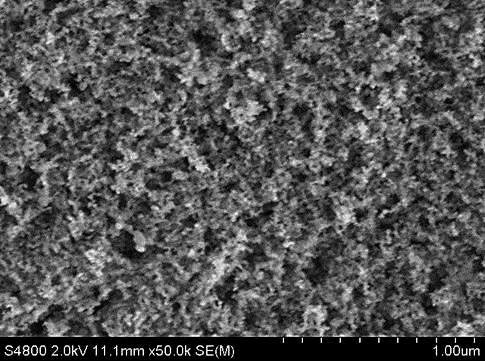
Scanning electron microscope images of superhydrophobic materials. Source: University of Swansea
This hydrocarbon material can be a green, superhydrophobic material. "Nature knows how to make these materials while maintaining the environment-friendly characteristics. Our job is to understand the underlying principles and then be able to get them through simulations," says Barron. The lotus leaf is an ideal material, and researchers are also trying to imitate this material. This ability of the lotus leaf is determined by its microscopic and nanoscale dual structures.
Shirin Alexander's team developed and tested a branched-chain hydrocarbon low surface energy material (LSEM), and Shirin Alexander is a researcher at the Energy Security Institute at Swansea University. Alexander uses a modified carboxylic acid to coat synthetic alumina nanoparticles. The chain in this carboxylic acid has a hydrophobic effect, resulting in a rough surface. This rough surface is a feature of the hydrophobic material that can trap an air layer, thereby reducing the contact between the surface and the water droplets so that water droplets can drip.

Environmentally friendly superhydrophobic coating. Source: Shirin Alexander/University of Swansea
In order to have superhydrophobic properties, the contact angle between the material and water needs to be greater than 150°. The LSEM of Barron's team has a contact angle of 155°, making it a very good hydrophobic coating. Even with different coating technologies and etching temperatures, this material has very good characteristics. Potential applications for this material include friction-reducing coatings that can be used in the ocean. “The texture surfaces of other superhydrophobic material coatings are usually destructive and will reduce hydrophobic properties. Our materials have a layered structure that can maintain the properties of this material,†said Barron. The research team is also further improving the adhesion of this material without the use of a substrate, and it is also expected that it can be applied on a larger scale.
The paper's collaborators include Julian Eastoe, professor of chemistry at Bristol University, Alex Lord at the Swansea University Nano Health Center, and Professor Frédéric Guittard at the University of Nice. The study was funded by the Robert Welch Foundation and the Welsh government SER Comb program.
Sanding Belt
Abrasive belt is a belt-shaped tool that can be ground and polished, which is made by bonding abrasives to flexible materials such as paper and cloth with a binder. It is a main form of coated abrasives. Its basic composition is: base material, abrasive and binder, collectively called the three elements of abrasive belt. Abrasive belt is the main tool of the sanding process. Abrasive belt grinding is a soft grinding method, which is a compound processing abrasive tool with multiple functions of grinding, grinding and polishing.
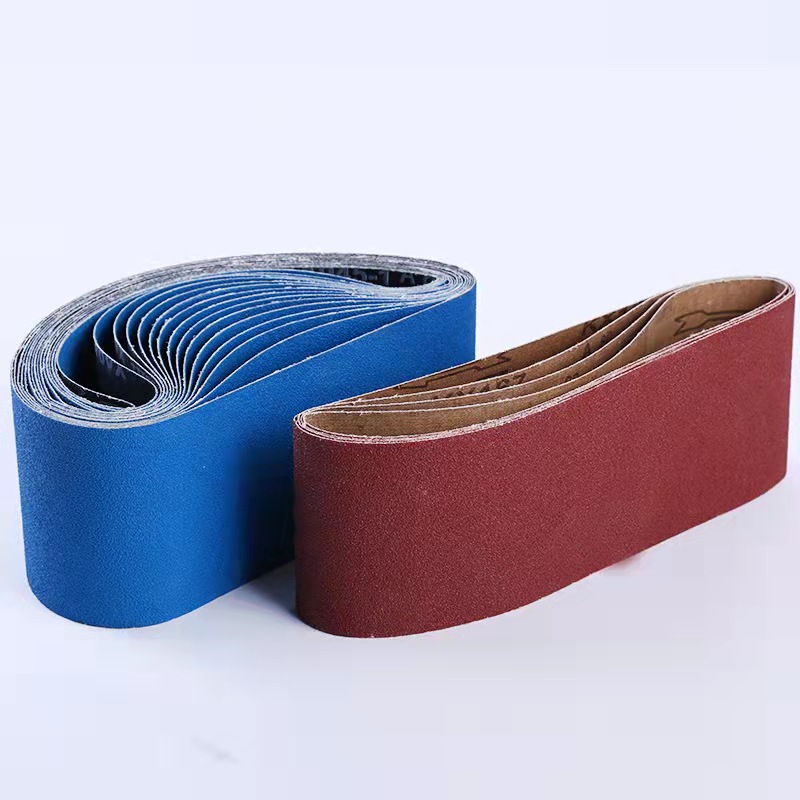
Abrasive tools are tools for grinding, grinding and polishing. Most of the abrasives are artificial abrasives made of abrasives and bonding agents, and natural abrasives are also directly processed from natural ore. In addition to being widely used in machinery manufacturing and other metal processing industries, abrasive tools are also used in the processing of non-metallic materials such as food processing, paper industry and ceramics, glass, stone, plastic, rubber, and wood.
Abrasives are divided into natural abrasives and artificial abrasives. All materials that can be used for grinding or grinding in nature are collectively referred to as natural abrasives.
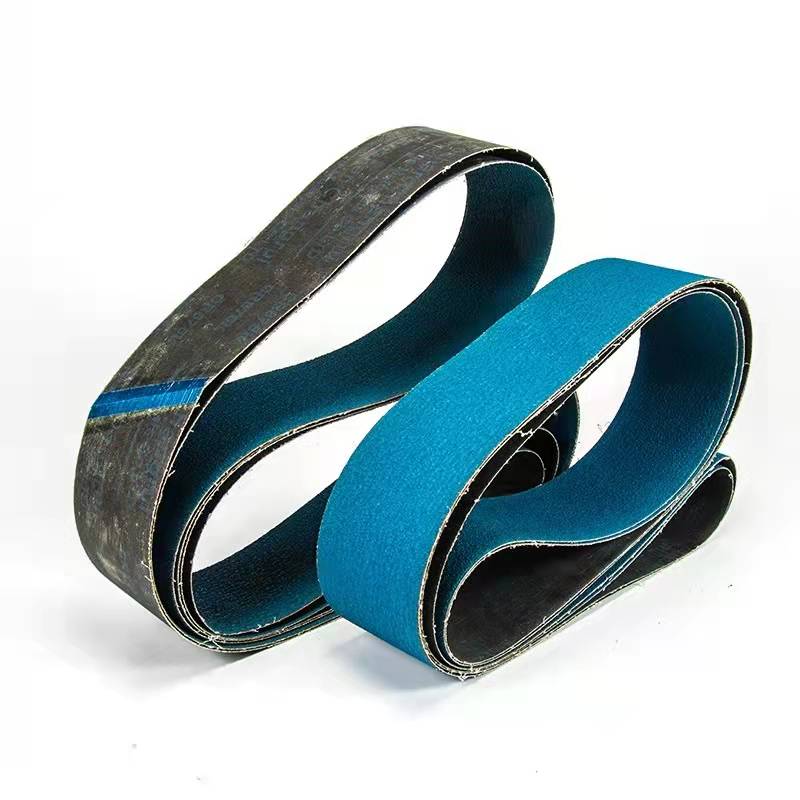
Natural abrasives mainly include: natural corundum and garnet
Artificial abrasives mainly include: white corundum, brown corundum, silicon carbide, zirconium corundum, synthetic diamond, cubic boron nitride.
How to choose a suitable abrasive belt and further improve the smoothness and flatness of sanding is a very important issue in the use of abrasive belts. Due to the differences in the three major components of abrasive belts and various characteristic factors, abrasive belts can be divided into many varieties according to different grinding objects, grinding conditions and grinding requirements. The following is the classification of abrasive belts according to abrasives. Different abrasive belts are suitable for different products. The following types of belt operations are: automatic grinding, mechanical hand grinding, desktop grinding, and manual tool grinding.
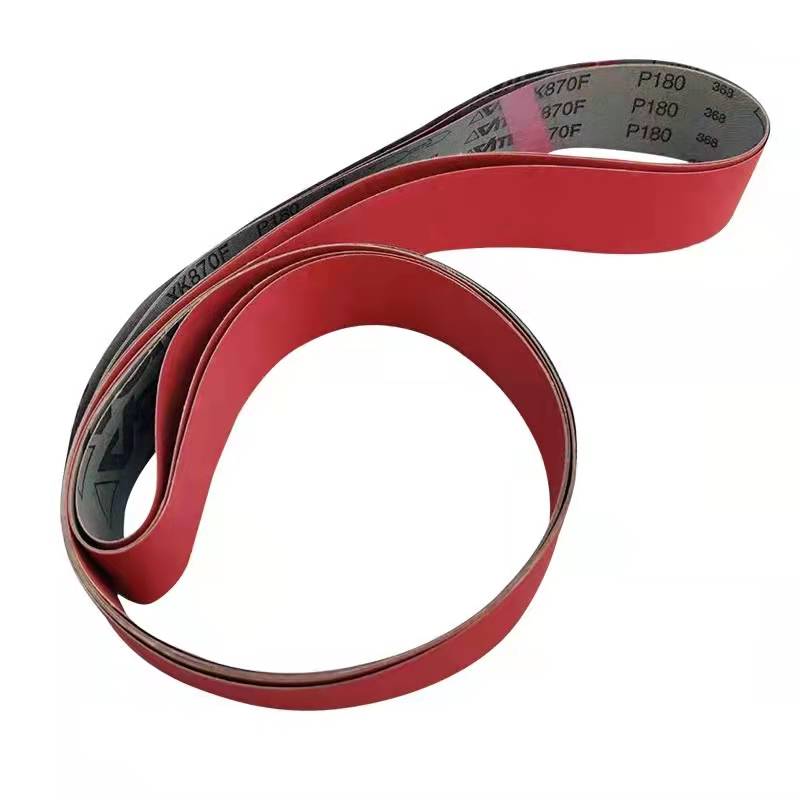
Types of abrasive belts (according to abrasives):
1: Accumulated abrasive belt
Application: Widely used in polishing various non-alloy, low-alloy and high-alloy steel, stainless steel, brass, bronze and other non-ferrous metals. Good self-sharpening, long service life, uniform grinding volume and uniform surface roughness.
2. Brown corundum belt
Application: Widely used in metallurgy, machinery, shipbuilding, wood, building materials, textile printing and dyeing industries. Grinding and polishing of bamboo and wood products, decorative panels, stainless steel, non-ferrous metals and other complex surfaces. Fast cutting, heat resistance, long service life, efficient wear resistance.
3. Ceramic abrasive belt
Application: Widely used in grinding chromium steel, chromium-nickel steel, stainless steel, high-alloy steel, nickel-based alloy, titanium alloy, brass and bronze, etc., with good self-sharpening, strong grinding, and large removal of grinding materials.
4. Silicon carbide belt
Application: Widely used in the grinding and polishing of brass, bronze, titanium alloy, aluminum alloy, glass, ceramics, minerals, stone, rubber, and synthetic materials. The sand surface is sharp, with very high strength and grinding ability, suitable for grinding medium and high density plates. The bucky has strong tension and ultra-wide sub-tension, which can be used for ultra-large abrasive belts.
5. Zirconium corundum abrasive belt
Application: Widely used in the grinding and polishing of steel, alloy steel, cast iron and non-ferrous metals, medium load or heavy load powerful grinding. The rigid polyester fabric is resistant to strong tension and impact, has high abrasion resistance, and has excellent comprehensive cost performance.
We distributes and wholesales various brands of Bonded Abrasives , Abrasive Sanding Disc, Cutting Wheels , Abrasive Flap Disc, Flap Wheels , Flap Disc Backing Pad, Flap Disc Adhesive , and Surface Conditioning Product etc, and enjoy a high position among consumers.
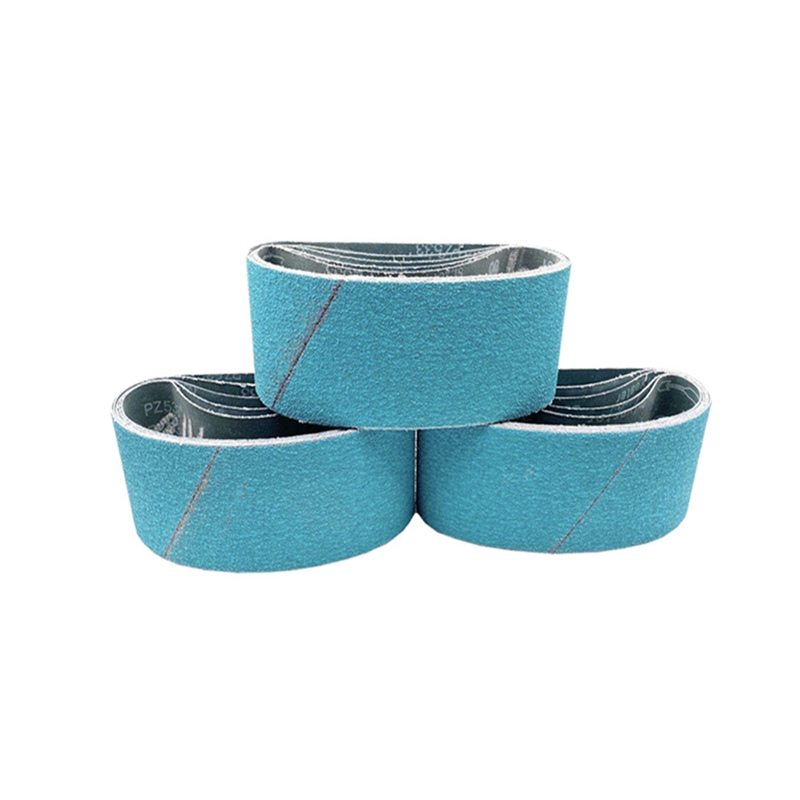
Belt Sander Paper,abrasive sander belt,GXK51 sanding belt,Sanding Belt,Delta Belt Sander
Zhengzhou Jiading Abrasive Manufacturing Co.,Ltd , https://www.jiadingabrasive.com